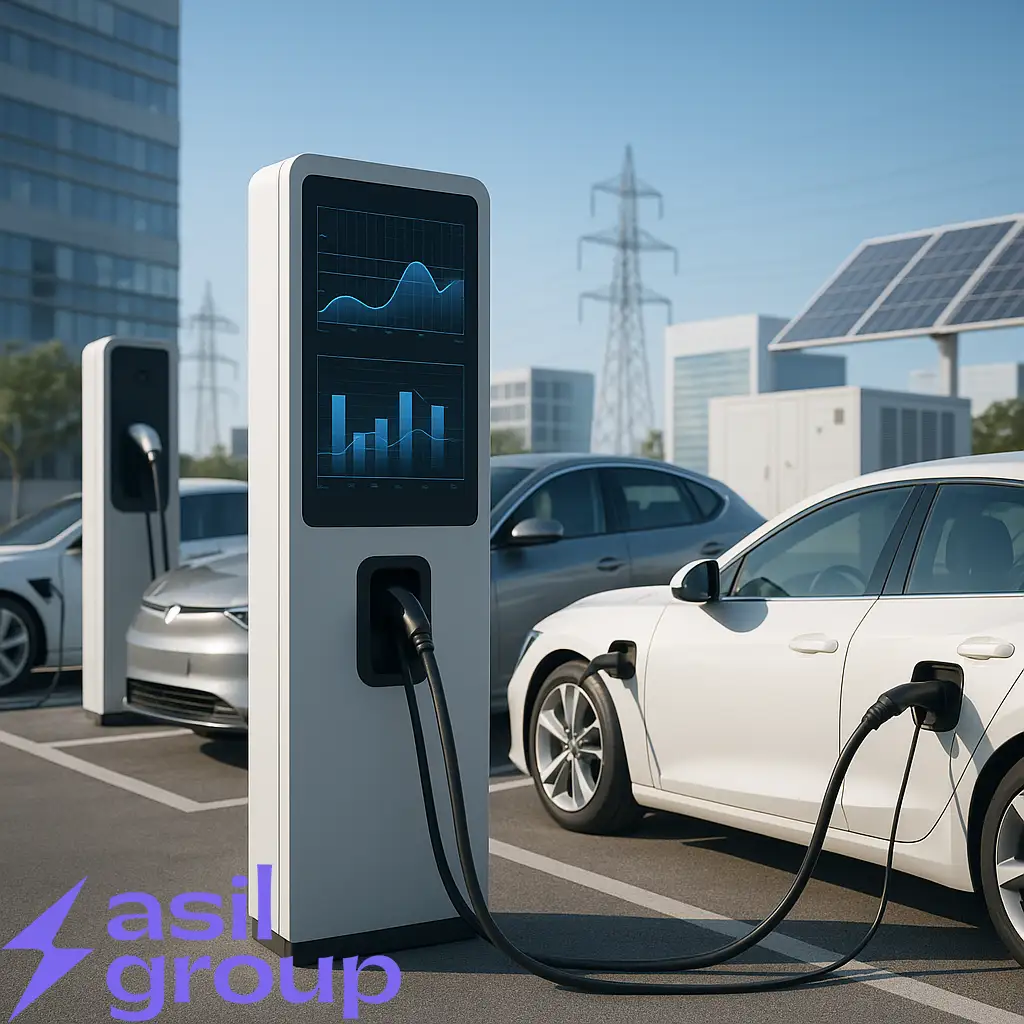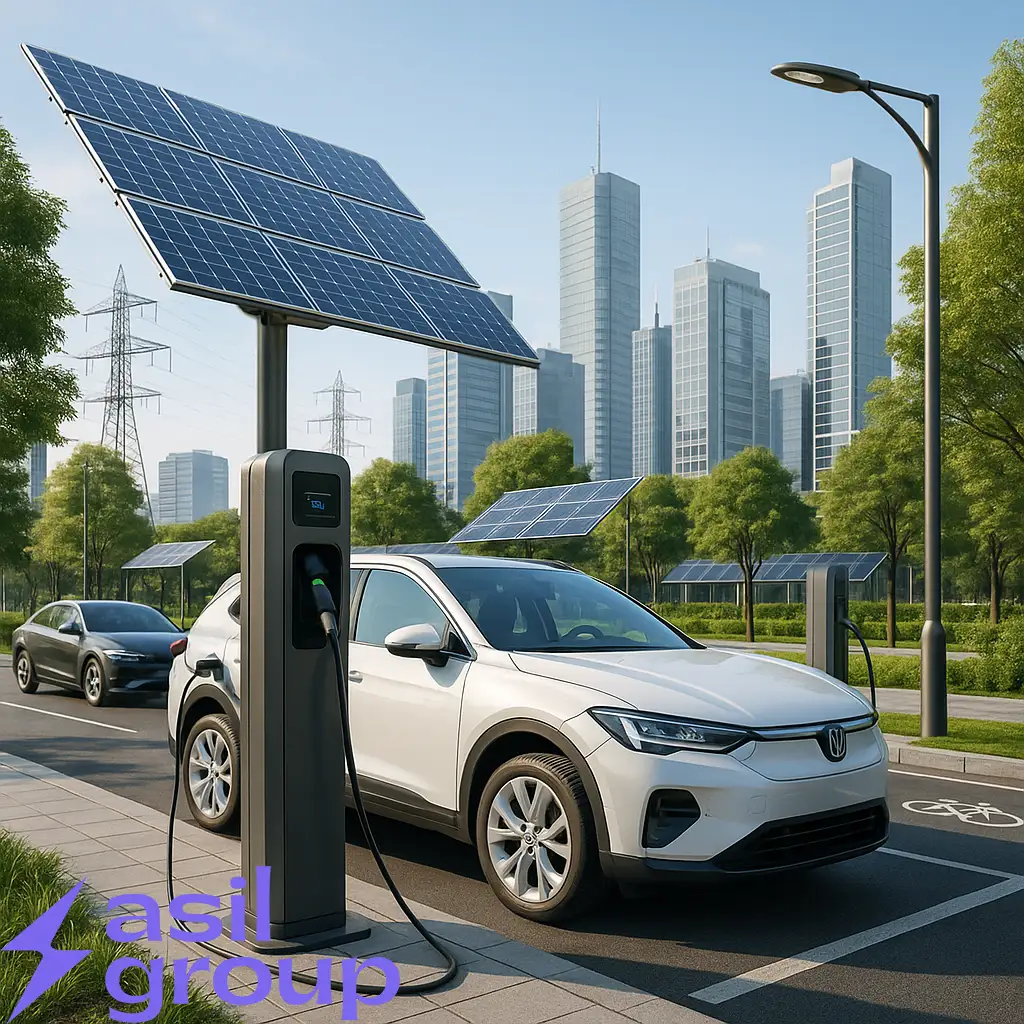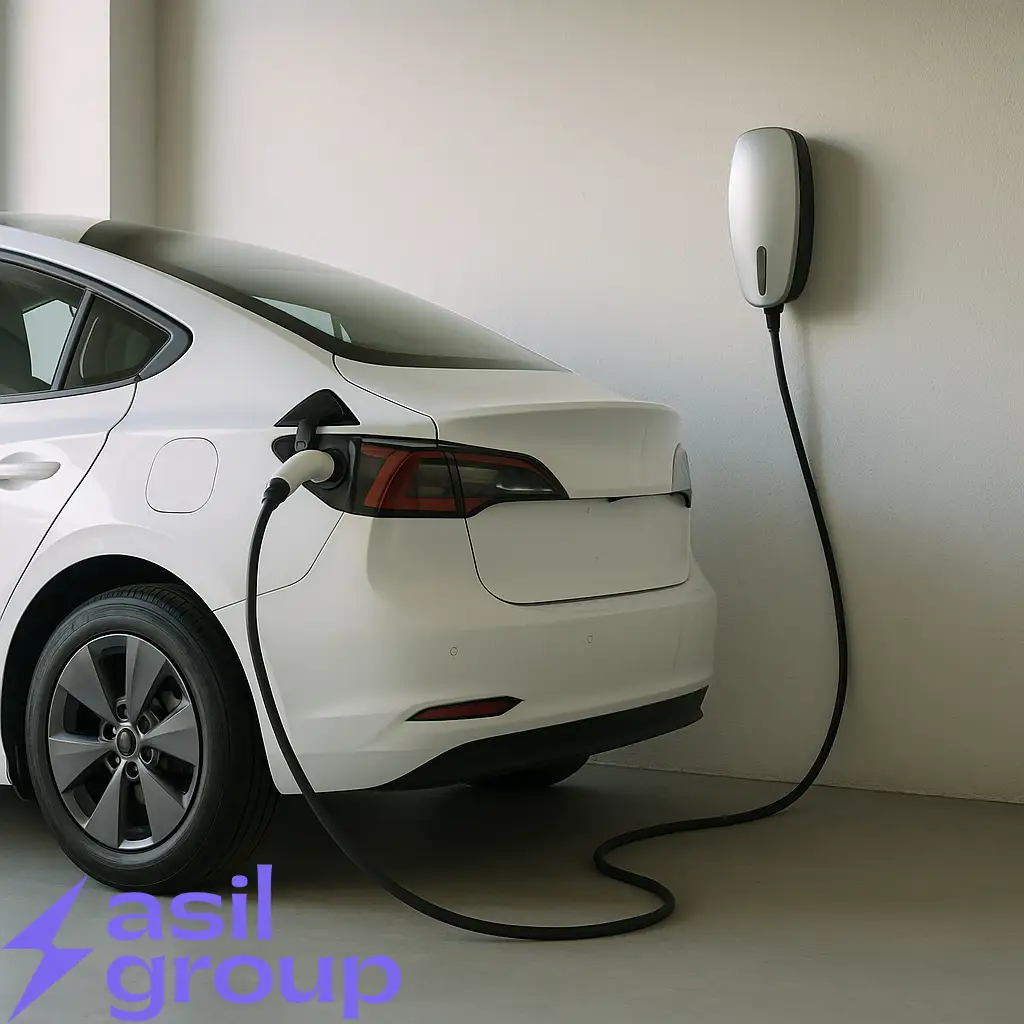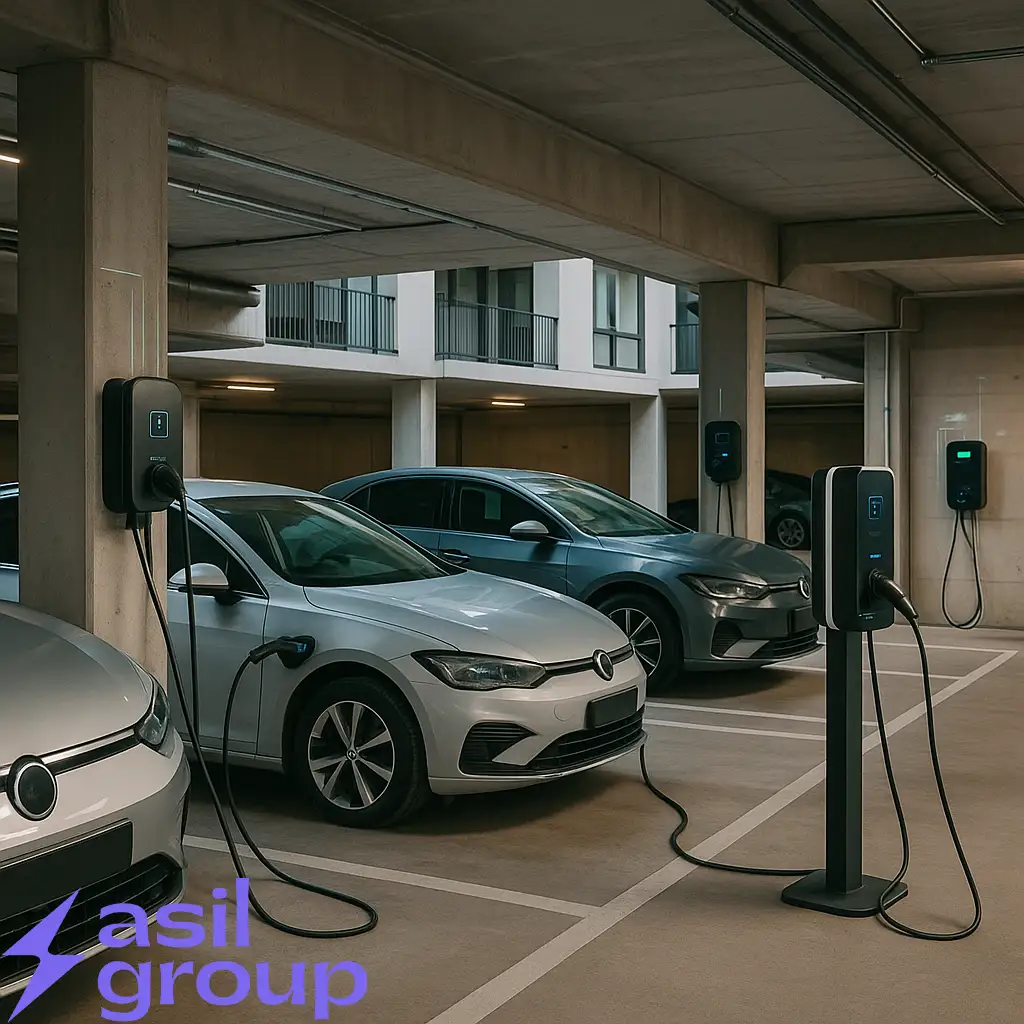
Smart Load Management in EV Charging Networks
Back to all posts As electric vehicle (EV) adoption accelerates globally,

The rise of electric vehicles (EVs) is reshaping the way cities think about transportation. As governments and businesses worldwide push for greener, more sustainable urban solutions, EV charging infrastructure is becoming a central focus.
In this article, we will explore the crucial role of EV charging in smart cities and how integrating electric mobility into urban environments is a key step toward sustainable development.
A smart city is an urban area that uses data, technology, and connectivity to improve the quality of life for its residents while optimizing energy use, reducing environmental impact, and improving public services. Smart cities leverage the Internet of Things (IoT), sensors, and big data to create an interconnected ecosystem, and EV charging infrastructure plays a vital role in this transition.
As cities move towards more sustainable models, electric mobility becomes an essential component. The integration of electric vehicles (EVs) into these cities helps reduce pollution, improve air quality, and reduce reliance on fossil fuels. EV charging stations serve as key pillars in enabling this transition, ensuring that EVs can be easily charged at home, work, and public spaces.
Reducing Carbon Emissions:
EVs significantly reduce carbon emissions compared to traditional vehicles. Smart cities with accessible EV charging stations help meet environmental goals and improve air quality.
Supporting Renewable Energy Integration:
In a smart city, renewable energy sources such as solar panels and wind turbines play a central role.
EV charging stations integrated with solar power can help charge electric vehicles with clean energy, enhancing the sustainability of the entire system.
As the number of solar-powered charging stations increases, cities can effectively reduce their carbon footprint and dependence on traditional energy sources.
Optimizing Energy Use:
Smart grids help manage energy distribution efficiently. This ensures EV chargers operate in sync with energy demand, reducing grid overload during peak hours.
Enhancing Convenience and Accessibility:
With public EV charging stations located throughout the city, residents can easily charge their vehicles. This improves the adoption rate of EVs and enhances the overall urban mobility experience.
Copenhagen, Denmark:
Copenhagen integrates solar-powered EV charging stations to support sustainable mobility. The city aims for carbon neutrality by 2025.
Oslo, Norway:
Oslo leads in EV adoption with over 3,000 charging stations. The city has set an example in green urban mobility.
Amsterdam, Netherlands:
Amsterdam has rolled out EV charging networks connected to smart grids to support electric mobility and reduce greenhouse gas emissions.
While the benefits of EV charging in smart cities are clear, there are several challenges to overcome:
High Infrastructure Costs:
Setting up EV charging stations in urban areas can be expensive. However, costs will decrease as the demand for electric vehicles rises.
Grid Capacity and Energy Demand:
Power grids must be upgraded to handle the increasing load from EV charging stations. Smart cities are working to ensure the grid can manage this additional demand.
Space Constraints:
Installing EV charging stations in busy urban environments requires finding space. Cities must creatively integrate charging points into existing infrastructure, such as streetlights and parking garages.
The future of EV charging infrastructure in smart cities is bright. As the world transitions to electric mobility, the need for efficient, accessible, and sustainable EV charging stations will only grow. Key trends to watch include:
Wireless EV Charging:
Wireless charging technology, which allows vehicles to charge without being physically connected to a charging station, is an emerging trend in smart cities.
This innovation will make the charging process more seamless and convenient for EV users.
Vehicle-to-Grid (V2G) Integration:
V2G technology, which allows EVs to feed electricity back into the grid, will become more prominent as smart cities adopt bi-directional charging stations.
This will enable cities to balance power demand and supply more effectively.
Autonomous Charging Stations:
In the future, autonomous charging stations may become a reality.
These stations could automatically align with the vehicle’s charging port and charge the car without human intervention, increasing convenience for EV owners.
As smart cities continue to evolve, EV charging infrastructure will play a pivotal role in the transition to sustainable urban mobility. By integrating solar-powered chargers, smart grids, and renewable energy solutions, cities can reduce their carbon footprint, enhance mobility efficiency, and foster a cleaner, greener future for all.

Back to all posts As electric vehicle (EV) adoption accelerates globally,

Back to all posts As electric vehicles (EVs) become more popular,

Back to all posts As electric vehicles (EVs) become more common,

Back to all posts As electric vehicle (EV) adoption accelerates globally,

Back to all posts As electric vehicles (EVs) become more popular,
Asil Group offers cost-effective and eco-friendly EV transportation solutions. We focus on convenience with AC chargers, DC fast chargers, and Wallbox chargers, serving premium locations and enhancing quality of life with smart, sustainable EV charging.
Asil Group offers cost-effective and eco-friendly EV transportation solutions. We focus on convenience with AC chargers, DC fast chargers, and Wallbox chargers, serving premium locations and enhancing quality of life with smart, sustainable EV charging.
Asil Group offers cost-effective and eco-friendly EV transportation solutions. We focus on convenience with AC chargers, DC fast chargers, and Wallbox chargers, serving premium locations and enhancing quality of life with smart, sustainable EV charging.
Phone: +98 21 22221422
Email: [email protected]